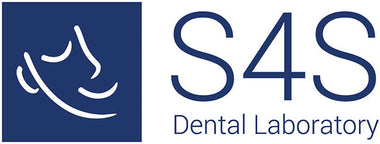What is Bruxism?
Many people grind and/or clench their teeth without problem. However, a large number of people suffer severe symptoms. Left untreated, Bruxism can lead to a number of side effects for the patient. Many of these may not appear to be dentally related, when, in fact, they are.
Whilst Bruxism can occur during waking hours, the vast majority of cases happen subconsciously during sleep and are typically associated with stress and/or anxiety.
Involving some of your most powerful muscles, studies have shown that during sleep, patients generate much higher forces than is possible whilst awake - with possibly severe consequences for the sufferer. It is common for patients to turn to their GP and have investigations for other medical conditions when suffering from Bruxism.




